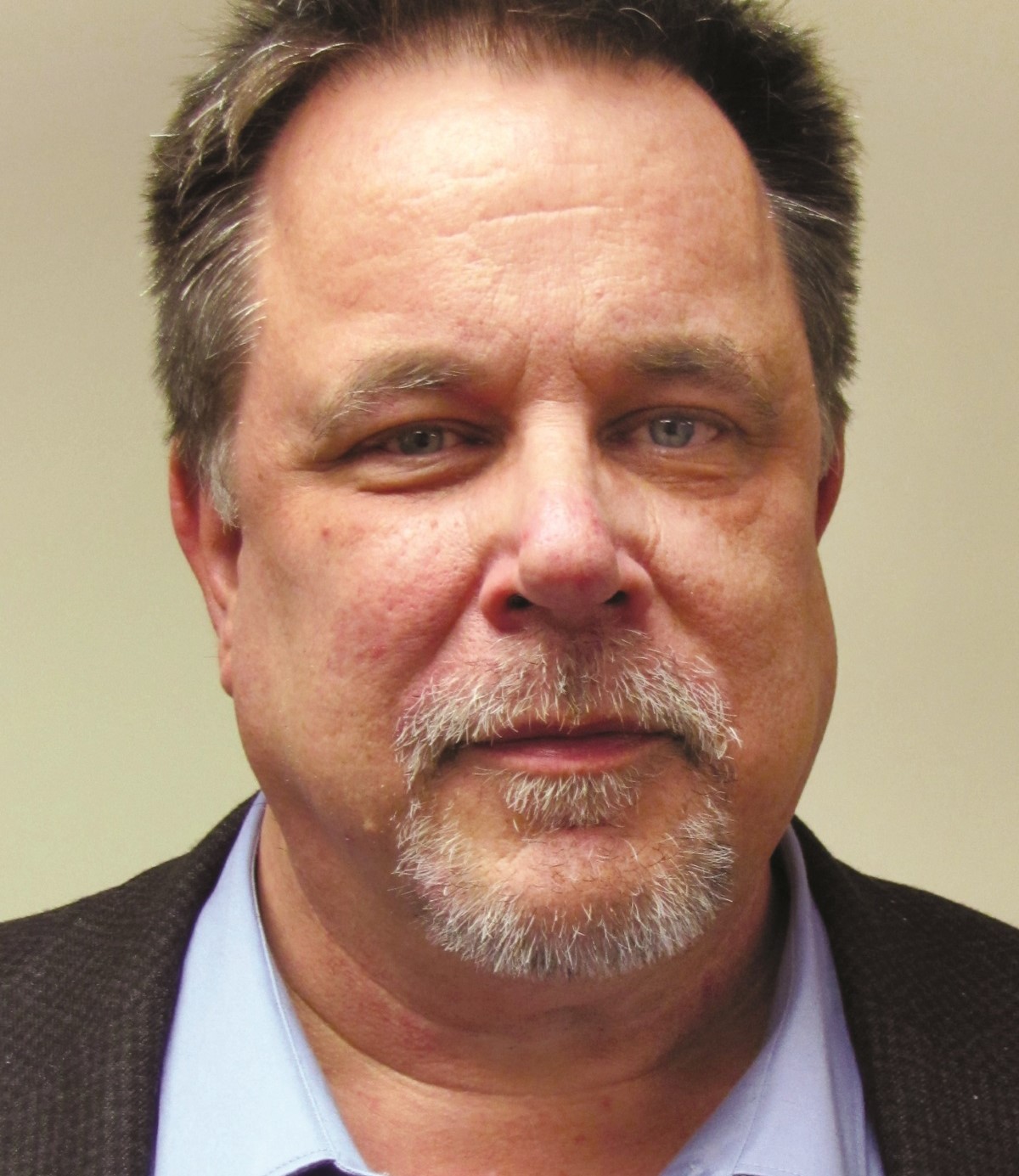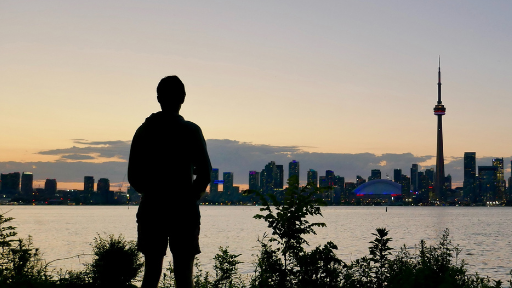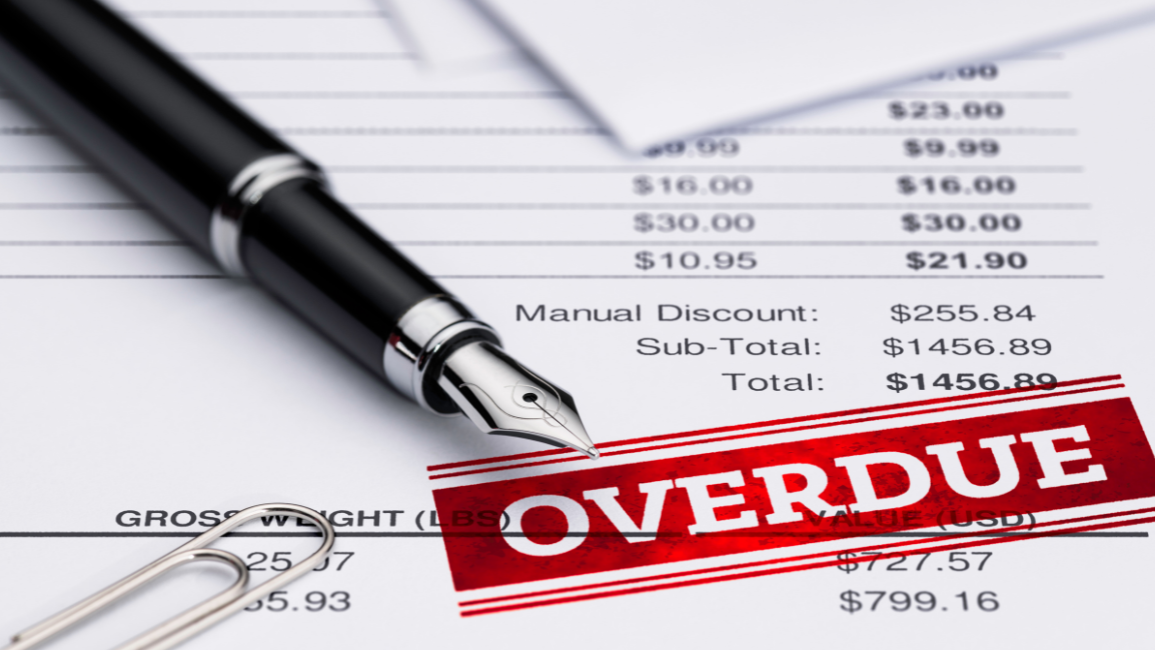For the majority of us, the experience of poverty is unimaginable. We intuit it must be difficult; we can read the reports of its impact and have some understanding, but in the end, we do not know poverty to the degree and depth those who live with it do.
That said, think about the decisions you would have to make. Do I pay the gas bill or feed my family? Do I buy my medications or do I pay the rent? Should I enroll my daughter in an after school activity or take her to the dentist?
Imagine what it is like to be hungry every day and, worse, to see your children go to school with an empty stomach. Picture yourself in substandard and unsafe housing paying too much rent for broken fixtures, inadequate heat or unreliable hot water. Imagine raising your kids in an apartment complex that is home to addicts or where other illegal activities occur.
Most of us do not live with such burdensome choices, but we can sense the stress and anguish we would experience if we could not make ends meet. We can understand how not having sufficient income to support ourselves and our families would disconnect us from the community, perhaps even from friends and family. It’s humiliating to be poor. The toll poverty plays on our sense of who we are and our value to others is devastating.
WHAT POVERTY MEANS
Conversations about poverty are value-laden exchanges. Research and the data it produces invariably reflect the values of those doing the research and the analysis. In other words, there is no black and white approach to understanding, much less eliminating poverty.
What poverty is and who is considered poor, how poverty impacts people and community, and what we should do to address poverty are complex challenges that will not be resolved by simple recipes of change. Complex problems require complex solutions.
Perhaps this is why society keeps studying poverty, keeps on trying to define it, clarify what it means and doesn’t mean. Many efforts attempt to provide an objective picture of poverty defined by income cut-offs for different sized families. Other efforts define poverty as an inability to fund the market costs of housing, food, and other necessities, thus allowing for adjustments to such figures across various markets. Some approaches avoid quantifying poverty with income and expense figures and comparisons but rather offer a more general narrative such as:
"Poverty means a genuine deprivation of life’s basic necessities. It means that people cannot obtain a nutritious diet, warm, dry and safe housing, clean clothing appropriate to climate, sufficient personal hygiene items and health care. The absence of one or more of these “necessities” compromises long term physical well-being."1
The above narrative explains poverty from a “needs” point of view. It suggests, and I agree, there is a basic level of need that people must have met in order to live healthy lives. However, there is more to poverty than the absence of fulfilling food, clothing, and shelter needs. Poverty also impacts people’s ability and capacity to participate in community life – socially and economically.
- I'm 8. Other kids won't play with me because I smell bad.
- I'm 10. I hate lunch hour because my lunches aren't like the other kids.
- I'm 9. I get in trouble at school because I steal food from other kids.
- I'm 15. My grandma is a dealer.
- I'm 5. I got sick last week but I had to go to school anyway or mom would lose her job.
Understanding poverty in terms of what it is and how it impacts people requires data and the stories that give data meaning and advance our knowledge. Low Income Cut-Off (LICO) data may be produced from complex formulae by the best of minds, but once you try to create a family budget using LICO numbers, you won't be able to balance the budget.
Market basket numbers may have validity as income and expense benchmarks or guidelines, but tell us little, if anything, about what it means to live poor and be unable to purchase a market basket of food.
At Bissell Centre, where I serve as CEO, we know these stories well. We talk to people every day and we have collected the stories of those we see who are poor and homeless. People who tell us their stories do not ever mention LICO or even talk about a certain level of income. Rather, their stories are about the life they lead under circumstances that do not allow them to “make ends meet” and that demonstrate how a life of poverty is often a life of exclusion, despair, and embarrassment.
These are the stories of people living in the depths of poverty. Most people living poor are not homeless but struggle each month to retain their housing, feed their children, and stay positive about their lives and the future.
Living in poverty is typically an exhausting, full-time endeavor of survival. Many spend each day seeking out food and a safe place to stay. Those who have housing struggle to keep it. Often those who are employed subsist on low wages earned from insecure employment or from part-time work. If a car breaks down, if a child becomes ill, or some other crisis occurs that means taking off from work, that day’s income is lost or worse, the job itself.
People living with poverty do not have an influential voice. They are not organized. They are not asked to sit on government or community committees and task forces looking into the economy or the minimum wage, or even what society might do about poverty. They are not invited to tables of influence and if they were, their capacity to participate would be thwarted by lack of transportation or child care or their own sense of “not belonging.”
THE EMERGENCE OF THE ECONOMICALLY-VULNERABLE
One of the challenges we face as a community is that the data we collect and analyze has not kept pace with the range and depth of change we are experiencing as a society. As well, often we gravitate to facile interpretations of data. We celebrate a lowered unemployment rate for the general population and sidestep the high rates of unemployment for Aboriginal people, newcomers, young people, and the disabled.
Sometimes we forget or ignore the fact that the unemployment rate does not count everyone who is unemployed, much less those who are underemployed. The rise in the cost of living in Edmonton, in particular housing and food, has been far steeper than the rise in average earnings of the population (see box).
As well, those who rely on income security programs have seen their incomes decrease or remain stagnant while their costs escalate. Add to this the increasing income or wealth gap between the top and bottom of the income scale and it is not unreasonable to postulate the following:
Our community has an increasing number of individuals and families who live paycheck to paycheck and are vulnerable to a crisis that could result in the loss of their accommodation. Many may be living above the poverty line, perhaps even well above, but because of rising costs, depleted savings, and/or a heavy debt load are among the growing number of economically vulnerable citizens.
Unfortunately, it is hard to quantify such vulnerability. We do know that
approximately 120,000 people in the Alberta Capital Region live poor but how many are on the edge of becoming poor?
The Payroll Association of Canada tells us that more than 40% of our population is living pay cheque to pay cheque. That's 400,000 people in Edmonton and area. Maybe you are one of them.
How many families making $50,000 per year would lose their home a month or two from now due to a job loss or illness?
How many of our young people are on the edge financially?
As our community ages rapidly, how many seniors are at risk of homelessness and deep poverty?
Understanding such data is important not just from a social impact point of view, but clearly an increasing population of economically vulnerable citizens does not bode well for economic growth and security of our community.
Poverty is not a problem contained in the individuals experiencing it.
The growing divide between the wealthy and everyone else points to questions we must address. Is there equitable participation in the economy? At what point will there be so many people struggling to survive that our economy will suffer? Do we understand that large gaps in income distribution contribute to higher incarceration rates, more crime, a decrease in the community's overall health status?
In Outrageous Fortune: Documenting Canada’s Wealth Gap, the Canadian Centre for Policy Alternatives references a study done by Canadian Business Magazine. (Download the report)
"The level of wealth inequality in Canada has reached such extremes that in 2012, according to figures derived from Canadian Business magazine, the 86 wealthiest Canadian-resident individuals (and families) held the same amount of wealth as the poorest 11.4 million Canadians combined. To put these findings into historical perspective, in 1999, The Wealthy 86 held the same wealth as the bottom 10.1 million Canadians."
This is not a diatribe against wealth or wealthy people. It is the picture we are painting collectively and there is a host of evidence that current trends in income distribution are harming societies around the globe and here in our community. I am currently writing about this and will share more on this topic in another posting.
This is not about everyone having the same income. In fact, economies require variations in income distribution to grow and sustain themselves, but like most things in life when things get out of balance, things begin to topple. In this case, those "things" are hundreds of thousands of people in our community and millions in our country.
___
1 Sarlo, Christopher, Poverty in Canada, Second Edition, The Fraser Institute, Vancouver, page 2







